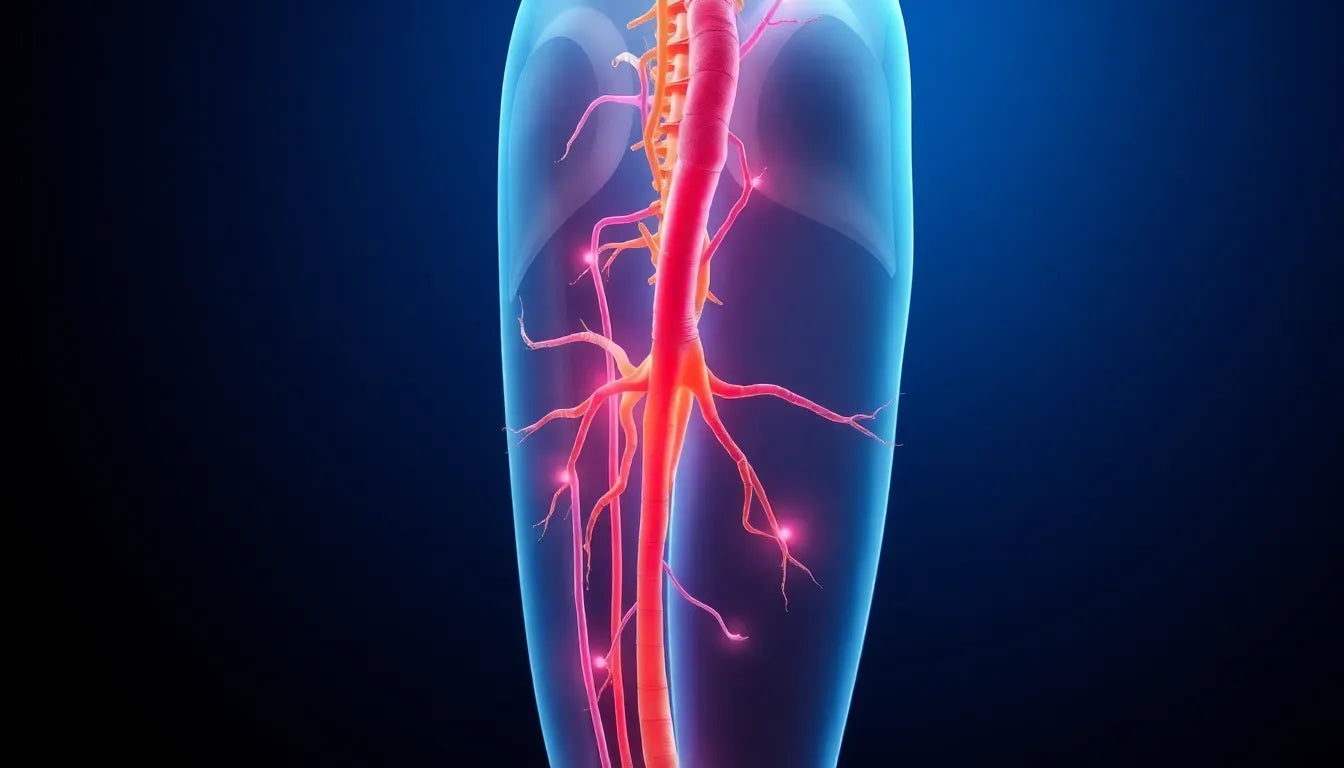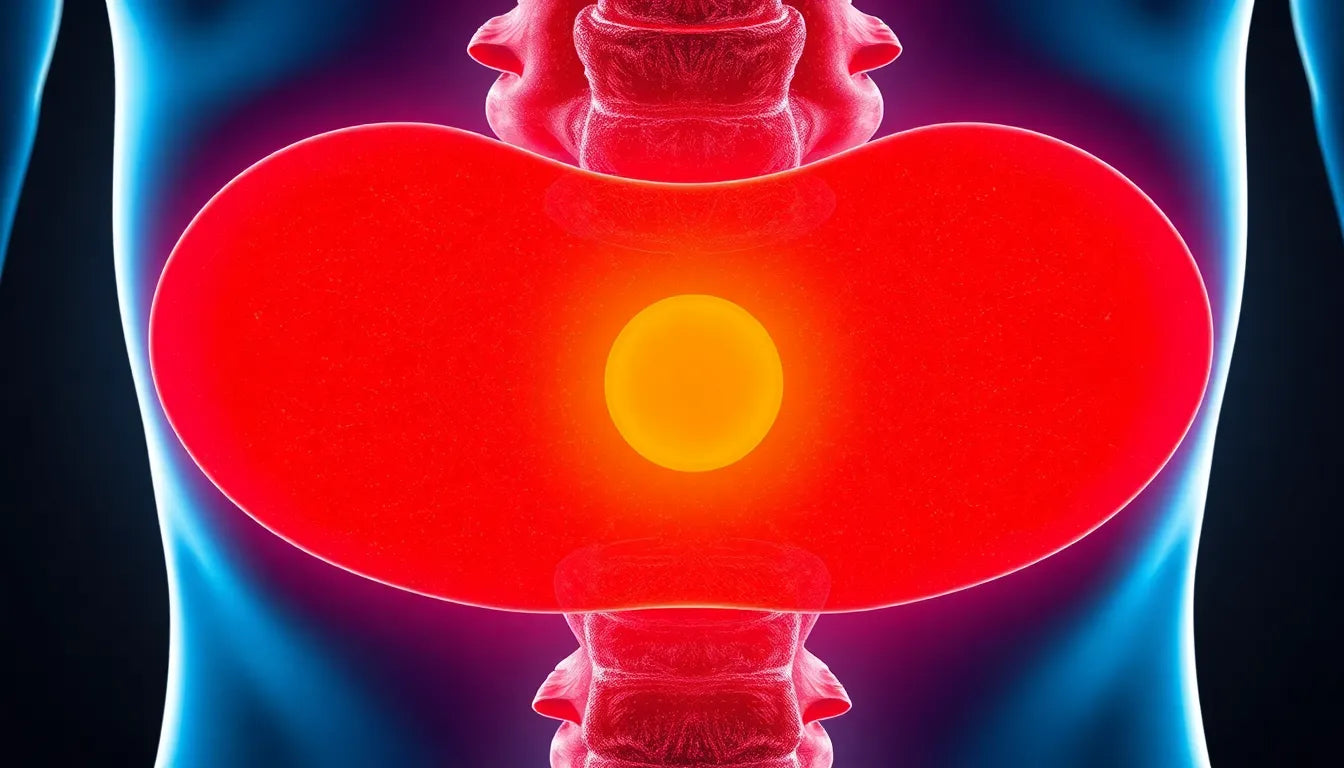Wrist pain is a common complaint that affects people of all ages, often disrupting daily activities and reducing quality of life. Despite its prevalence, there are many misconceptions about the causes of wrist pain, leading to confusion and sometimes inappropriate treatment. One such misconception is the belief that a herniated disc can occur in the wrist, which is not medically accurate.
Clarifying the misconception
Herniated discs are a well-known medical condition, primarily associated with the spine. These discs act as cushions between the vertebrae, and when they herniate, they can cause significant pain and discomfort, typically in the back or neck. However, it's important to clarify that herniated discs do not occur in the wrist. The anatomy of the wrist does not include intervertebral discs, which are exclusive to the spinal column. Therefore, any pain in the wrist cannot be attributed to a herniated disc.
Purpose of understanding wrist pain
Understanding the true causes of wrist pain is crucial for effective treatment and relief. Misdiagnosing wrist pain can lead to ineffective treatments and prolonged discomfort. By debunking myths and focusing on the actual sources of wrist pain, individuals can seek appropriate medical advice and interventions. This blog aims to explore the real reasons behind wrist pain, helping readers identify symptoms accurately and pursue the right treatments.
As we delve deeper into this topic, we will explore common conditions that lead to wrist pain, such as carpal tunnel syndrome, wrist sprains, and tendinitis. By understanding these conditions, individuals can make informed decisions about their health and seek the most effective solutions for relief. Stay tuned as we uncover the truth about wrist pain and guide you towards a pain-free life.
Understanding herniated discs
To comprehend why herniated discs do not occur in the wrist, it's essential to understand what a herniated disc is and where it typically manifests. Herniated discs are a condition affecting the spine, where the soft inner gel of an intervertebral disc protrudes through a tear in its outer layer. This condition is most commonly found in the cervical, thoracic, and lumbar regions of the spine, leading to symptoms such as back pain, numbness, tingling, and muscle weakness.
Anatomy of the wrist vs. spine
The absence of herniated discs in the wrist can be explained through basic anatomical differences. The spine consists of vertebrae cushioned by intervertebral discs, which are not present in the wrist. The wrist is composed of a complex array of bones, tendons, and ligaments, but it lacks the disc structures that are found in the spine. This anatomical distinction is why herniated discs are exclusive to the spinal column and do not occur in the wrist.
Common causes of wrist pain
While herniated discs are not a cause of wrist pain, several other conditions can lead to discomfort in this area. Understanding these conditions is crucial for accurate diagnosis and effective treatment.
Carpal tunnel syndrome
Carpal tunnel syndrome is one of the most prevalent causes of wrist pain. It occurs when the median nerve, which runs through the carpal tunnel in the wrist, becomes compressed. Symptoms include tingling, numbness, and weakness in the hand, often exacerbated by repetitive motions or certain health conditions. Proper diagnosis and treatment, such as ergonomic adjustments and physical therapy, can significantly alleviate symptoms.
Wrist sprains and strains
Wrist sprains and strains are common injuries resulting from overuse, sudden impacts, or twisting motions. These conditions can cause pain, swelling, and bruising, often requiring rest and rehabilitation for recovery. Understanding the nature of the injury is essential for implementing the appropriate treatment plan, which may include immobilization or physical therapy.
Tendinitis
Tendinitis in the wrist is characterized by pain, tenderness, and swelling, often due to repetitive strain or age-related degeneration. This condition occurs when tendons become inflamed, usually from overuse or repetitive motions. Treatment typically involves rest, ice, and anti-inflammatory medications, along with exercises to strengthen the affected area.
Comparing common wrist conditions
| Condition | Key Symptoms | Common Causes |
|---|---|---|
| Carpal Tunnel Syndrome | Tingling, numbness, weakness | Repetitive motions |
| Wrist Sprains/Strains | Pain, swelling, bruising | Injuries, overuse |
| Tendinitis | Pain, tenderness, swelling | Overuse, strain |
Understanding these common wrist conditions allows individuals to better recognize their symptoms and pursue appropriate treatments. By focusing on the real causes of wrist pain, individuals can avoid the pitfalls of misdiagnosis and seek effective solutions that promote healing and relief.
In the next section, we'll explore various treatment and relief options, including ergonomic solutions and lifestyle changes, to help manage wrist pain effectively.
Treatment and relief options for wrist pain
Managing wrist pain effectively requires understanding the underlying causes and implementing appropriate treatment strategies. While herniated discs are not a concern for wrist pain, several methods can provide relief for conditions like carpal tunnel syndrome, wrist sprains, and tendinitis.
Ergonomic solutions
One of the most effective ways to alleviate wrist pain is through ergonomic solutions. Proper wrist support during daily activities can significantly reduce strain and discomfort. Ergonomic aids, such as wrist braces and supports, help maintain the wrist in a neutral position, minimizing pressure on nerves and tendons. These tools are particularly beneficial for individuals whose work involves repetitive motions, such as typing or assembly line tasks.
Exercises and lifestyle changes
Incorporating regular stretching and strengthening exercises into your routine can also help manage wrist pain. Exercises that focus on flexibility and muscle strength can prevent further injury and promote healing. Additionally, making lifestyle modifications to reduce repetitive strain is crucial. This may include taking frequent breaks during activities that involve wrist motion, using ergonomic tools, and adjusting workstations to promote better posture.
Frequently Asked Questions
Can a herniated disc cause wrist pain?
No, herniated discs do not occur in the wrist. They are specific to the spine and can cause back and neck pain. Wrist pain is typically due to other conditions like carpal tunnel syndrome or tendinitis.
What are early signs of carpal tunnel syndrome?
Early signs of carpal tunnel syndrome include tingling or numbness in the fingers, particularly the thumb, index, and middle fingers. These symptoms often occur during the night and can be accompanied by weakness in the hand.
How can I prevent wrist pain from repetitive strain?
Preventing wrist pain involves using ergonomic tools, taking regular breaks, and performing exercises to strengthen and stretch the wrist muscles. These practices can help reduce strain and prevent injury.
When should I see a doctor for wrist pain?
If wrist pain persists despite home treatment, or if there is significant swelling, loss of motion, or weakness, it is advisable to consult a healthcare professional for a proper diagnosis and treatment plan.
Are wrist supports effective for pain relief?
Yes, wrist supports can be effective for pain relief by stabilizing the wrist and reducing strain during activities. They help maintain proper wrist alignment, which can alleviate symptoms and promote healing.
By understanding the true causes of wrist pain and debunking the myth of herniated discs in the wrist, individuals can focus on effective solutions. Implementing ergonomic changes and lifestyle adjustments, along with seeking appropriate medical advice, can lead to significant improvements in wrist health and overall quality of life.


















